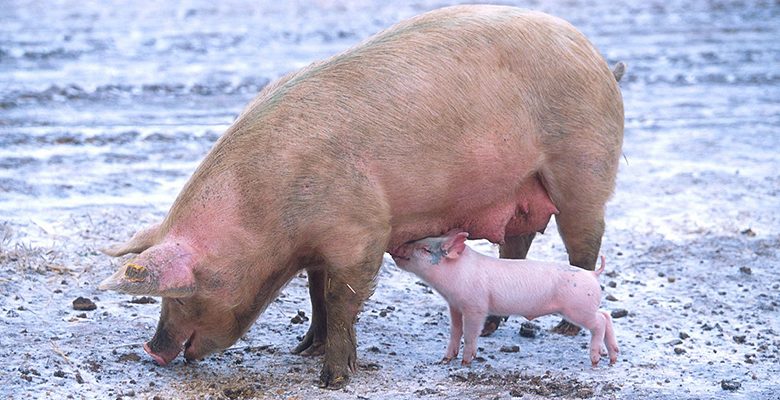Let’s put it in perspective. In 2012, El Paso was enjoying a singular moment.
Fort Bliss was benefitting from Bass Realignment and Closure. Fort Bliss happened to look a lot like places the Army had boots on the ground, which made it a perfect training facility. Contractors came from all over the country to feed at the public trough.
Juarez was in what would turn out to be the final years of a vicious drug war. Juarenses who could afford it moved out. Many sought refuge in El Paso.
Between 2010 and 2012, the El Paso Metropolitan Statistical Area’s population grew from 803,641 to 830,853, an increase of 3.4 percent. We were in tall cotton.
Some of El Paso’s political leaders, having rarely visited Juarez, thought that maybe we could entice the Juarenses who had taken up temporary residence here to stay.
At least, that’s what they said.
It was against that backdrop that El Paso’s politicians and power brokers engineered the Quality of Life bond elections.
Flash forward four years. From 2012 to 2016, the population of the El Paso MSA grew from 830,853 to 837,918. An increase of less than one percent. In fact, from 2014 to 2015, the population of the El Paso MSA actually declined by 407 people.
Population change isn’t an absolute measure of economic health, but natural growth (i.e., births minus deaths) tends to ensure that in economically healthy communities, populations grow. El Paso hasn’t been visited by war, or the plague. If there were sustainable jobs here, people wouldn’t be leaving.
The politicians, and their power brokers, and their media organs, try to ensure us that the local economy is healthy. They point to the flurry of activity. The new hotels. The new shopping malls. The amenities the City is financing for the leisure class. But the truth is that if population growth is stagnant, a growing economy is unsustainable.
All of the models used to predict the impact of the QoL bonds were based on continued robust population growth and a healthy economy. Now we’re in a ditch, and our politicians are driving us towards a cliff.
Under the current circumstances, what prudent politician would pursue a $180 million arena? Maybe, once upon a time, in 2011 or 2012, such an exorbitant luxury could be (questionably) justified. But it’s a new world these days, and El Paso can’t afford the pricey baubles of yesteryear.


